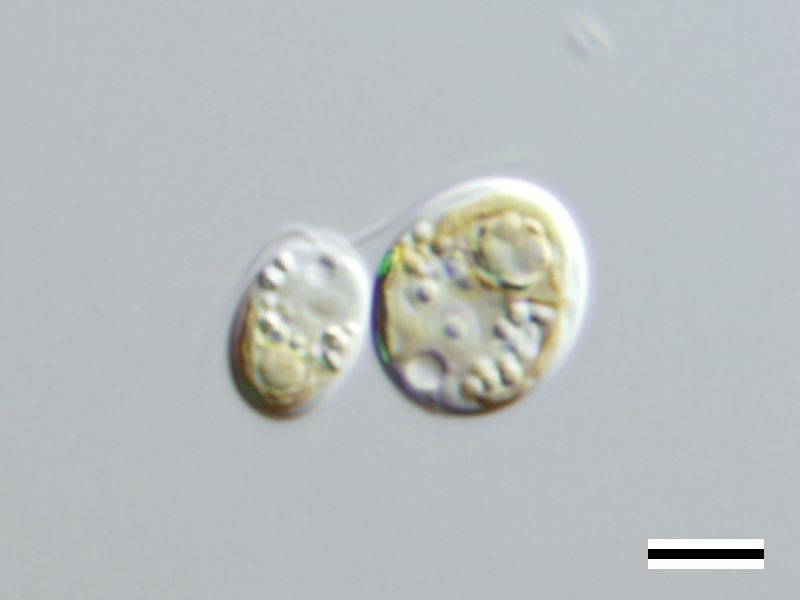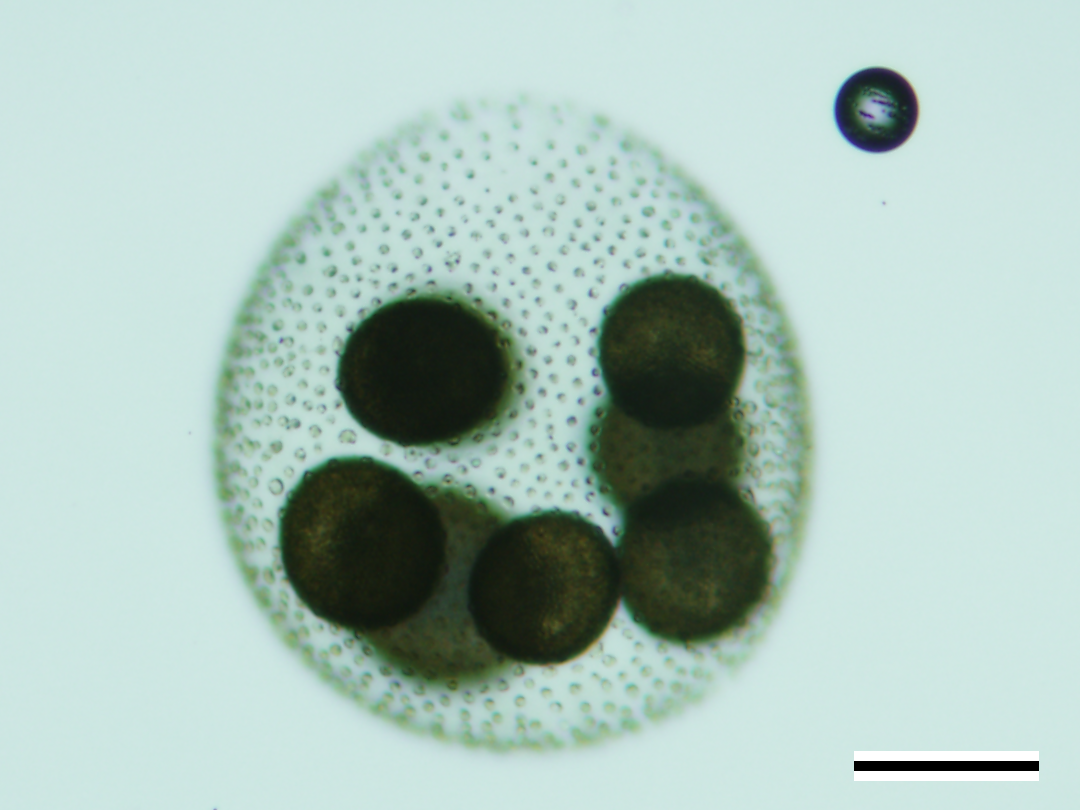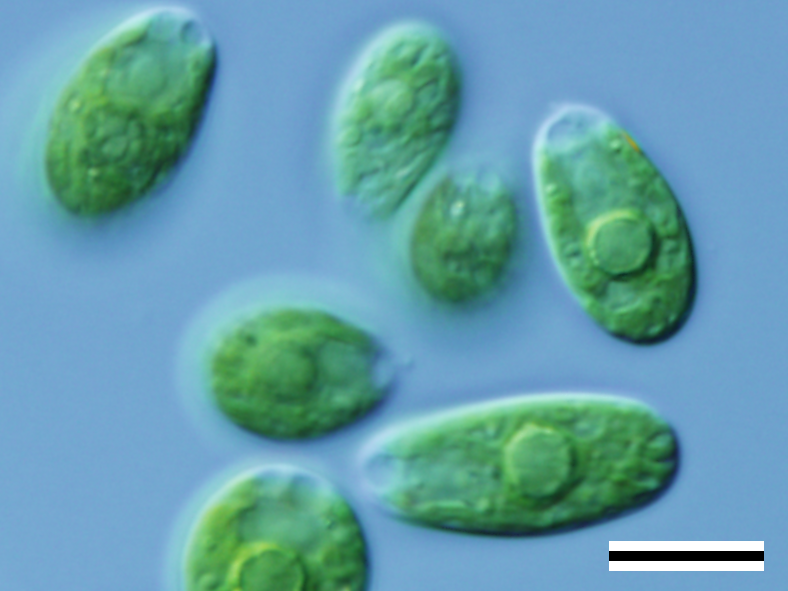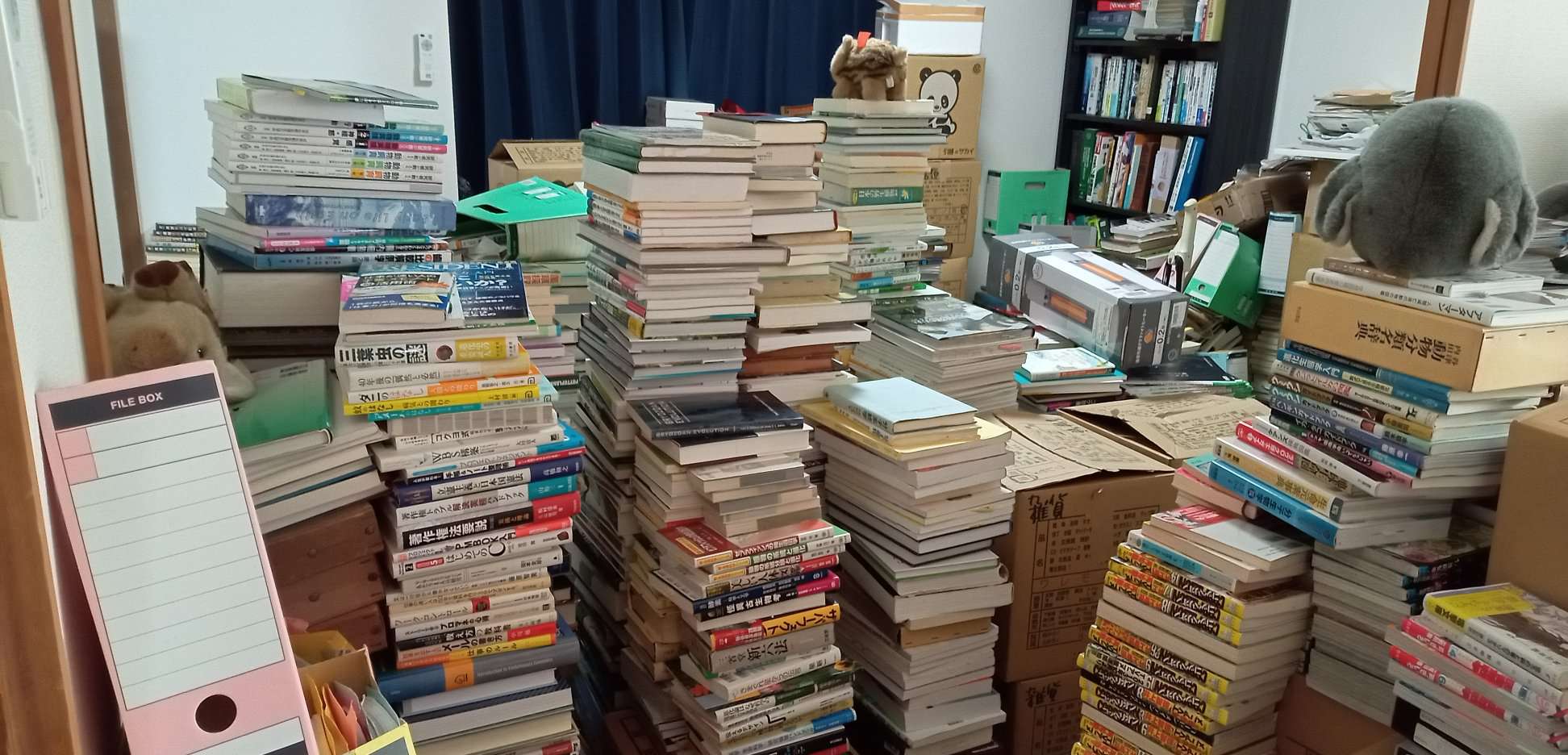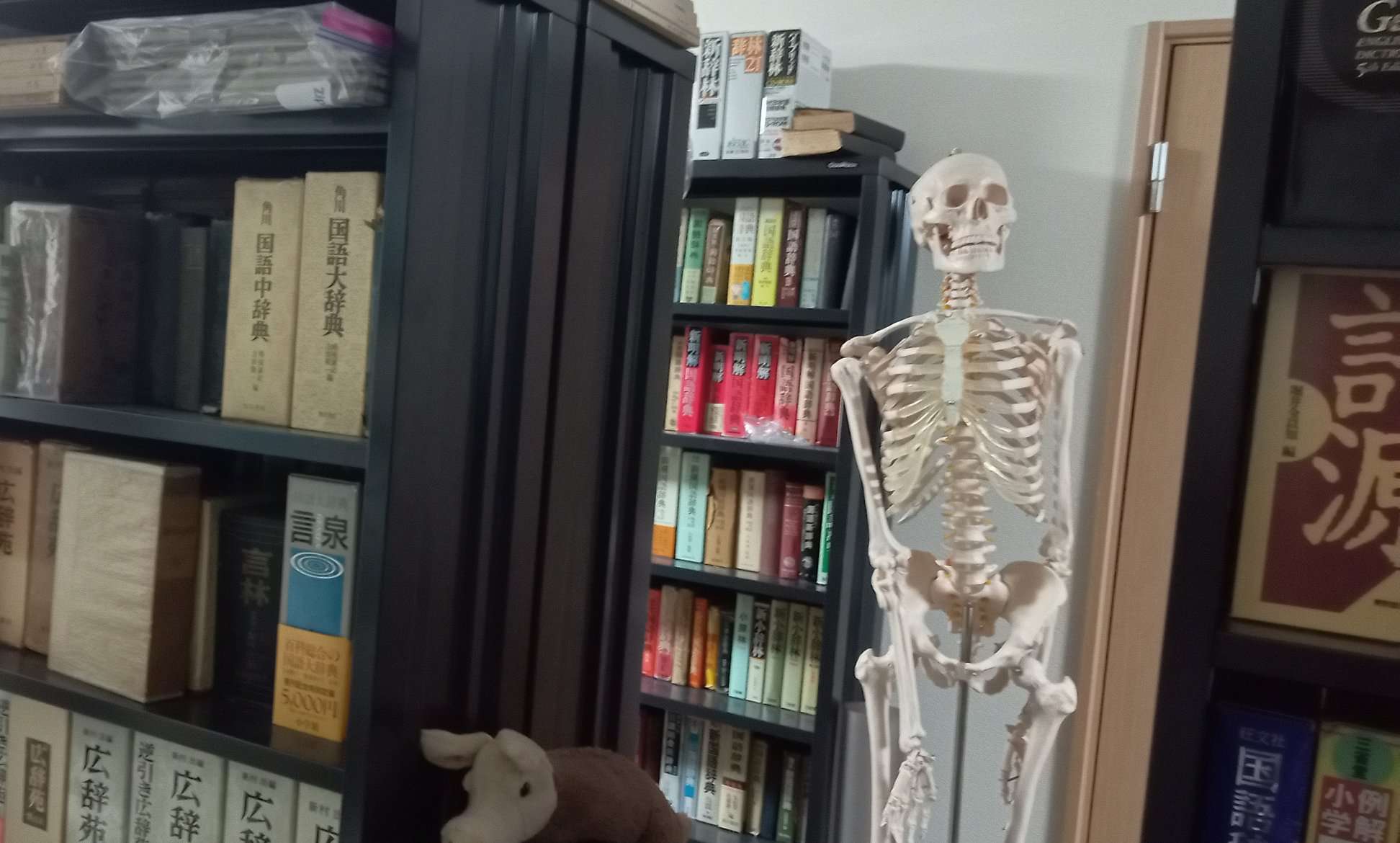NAKADA Takashi
Lecturer
Microscoping differences of microalgae
Department of Biological Sciences, Biodiversity
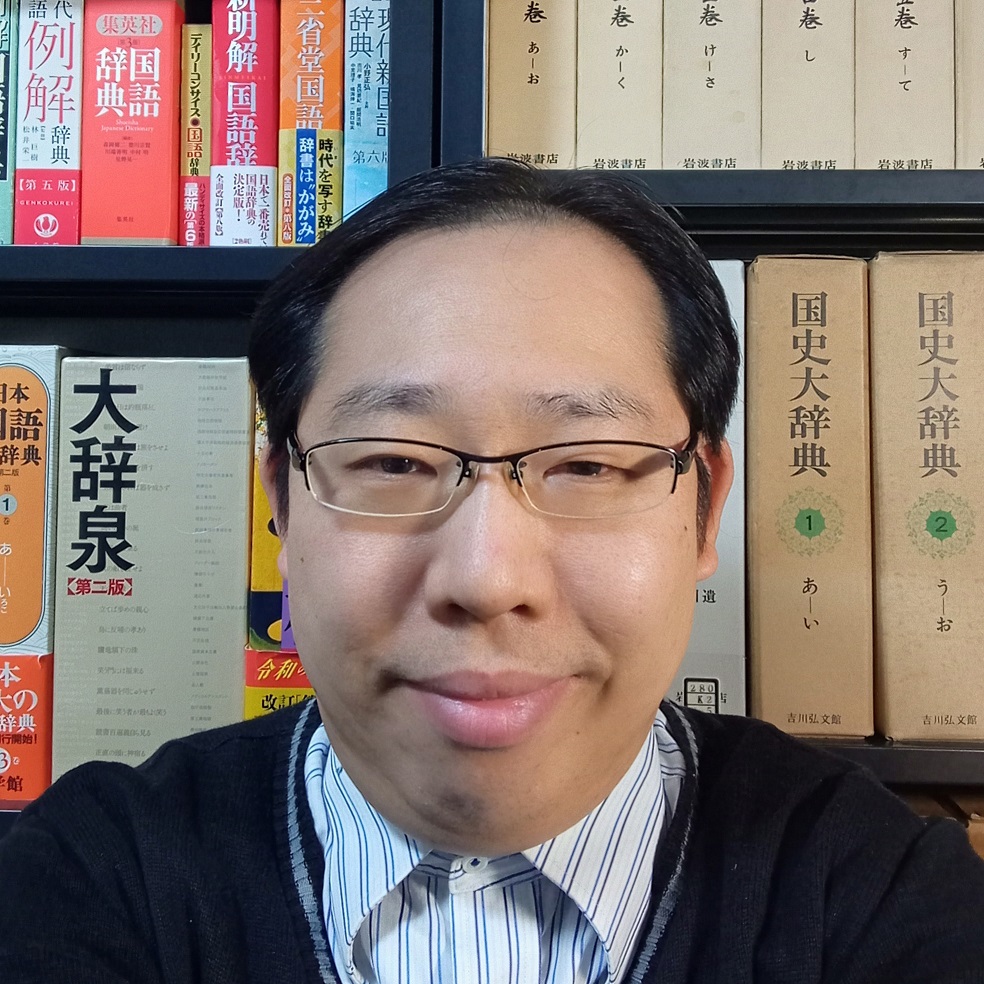
| Theme | Taxonomic studies toward phylogenetic classification of microalgae |
| Field | Phycology, Phylogenetics, Taxonomy, Evolutionary biology, Morphology, Nomenclature |
| Keyword | Chlorophyceae, Volvocales, Chlamydomonas, Culture strains, Microscopy, Molecular phylogeny, International Code of Nomenclature for algae, fungi, and plants |
Introduction of Research
Worlds of micro-organisms are as far as space and deep-see for human beings. Various invisibly small organisms live in water, and many of them are new species or insufficiently studied.
Among such microbes, I focuses on Volvocales (Chlorophyceae). Volvovales includes algae with various morphology. Most live in freshwater, but some live in the sea or even in snow. Most are unicellular, but some colony-forming. They are the "museum of cellular evolution", as they show various kinds of evolution at the cellular level.
However, there are many new species, species not known in Japan, species without recent records, even in neighboring ponds and soils. Their classification is also problematic.
Recently, molecular phylogenetic analyses revealed problems in traditional taxonomy and rebuilding new classification systems, but molecular sequence does not illustrate actual picture of each organism. Thus, we should cultivate and observe microalgae, and study even physiology of each species.
Uniting these knowledge, we can improve taxonomy of microalgae.
In this laboratory, morphology, cultivation, and physiology of Volvocales are studied.
- Establishing new strains, and describing new and poorly known species.
- Research on species differentiation.
- Examining less-used characteristics such as physiology.
- Reconstructing classification of Volvocales, satisfying both morphological and phylogenetical criteria.
I am also interested in the "names", both scientific and Japanese names, and their nomenclature.
Representative Achievements
| Self Introduction | A bibliophile. If you are interested in microalgae, please visit my laboratory. |
| Affiliated academic society | The Japanese Society of Phycology, The Japanese Society for Plant Systematics, The Botanical Society of Japan, Phycological Society of America, International Association for Plant Taxonomy |
| Room address | Science Building 5, 5-609 |

